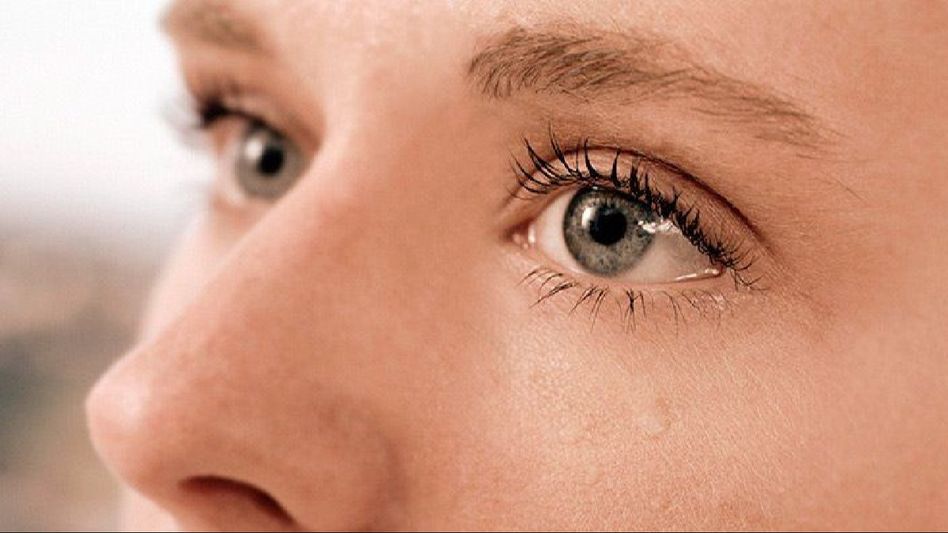A Comprehensive Guide to Treating Watery Eyes: Causes, Symptoms, and Effective Remedies
Watery eyes, medically known as epiphora, can be a bothersome condition characterized by excessive tearing. It can result from various underlying causes, including allergies, infections, irritants, or underlying eye conditions.

Watery eyes, medically known as epiphora, can be a bothersome condition characterized by excessive tearing. It can result from various underlying causes, including allergies, infections, irritants, or underlying eye conditions. Effective management of watery eyes involves understanding the root cause and implementing appropriate treatments.
Understanding Watery Eyes:
1. Causes:
Allergies: Seasonal or environmental allergens can trigger an allergic reaction in the eyes, leading to excessive tearing.
Irritants: Exposure to smoke, dust, wind, or chemicals can irritate the eyes, causing them to water excessively.
Infections: Bacterial or viral infections such as conjunctivitis (pink eye) can lead to watery eyes along with other symptoms like redness and discharge.
Blocked Tear Ducts: Blockages or abnormalities in the tear ducts can prevent proper drainage of tears, resulting in watery eyes.
Dry Eyes: Paradoxically, dry eyes can stimulate excessive tear production as a compensatory mechanism, leading to watery eyes.
Eyelid Problems: Conditions like eyelid inflammation (blepharitis) or eyelid malpositions can disrupt the normal tear film and cause tears to overflow.
2. Symptoms:
- Excessive tearing or watering of the eyes
- Blurred vision due to tear overflow
- Redness and irritation in the eyes
- Sensitivity to light (photophobia)
- Discharge from the eyes in cases of infection
- Crusting around the eyes, especially upon waking up
Treating Watery Eyes
1. Identifying and Addressing Underlying Causes:
- Consultation with an eye specialist is essential to determine the underlying cause of watery eyes. Based on the diagnosis, appropriate treatment strategies can be formulated.
- Allergy Management: Avoidance of allergens, antihistamine eye drops, and oral antihistamines can help alleviate symptoms of allergic conjunctivitis.
- Infection Treatment: Antibiotic or antiviral medications may be prescribed to treat bacterial or viral eye infections, respectively.
- Unblock Tear Ducts: Tear duct massage, warm compresses, or surgical interventions like tear duct probing or dilation may be recommended to address tear duct blockages.
- Dry Eye Management: Artificial tears, prescription eye drops, or procedures like punctal plugs to retain tears can help manage dry eye symptoms and reduce tear overflow.
2. Home Remedies and Lifestyle Modifications:
- Warm Compresses: Applying a warm compress to the eyes can help loosen blocked tear ducts, alleviate irritation, and promote tear drainage.
- Gentle Eye Massage: Massaging the area around the eyes, particularly near the tear ducts, can aid in clearing blockages and facilitating tear drainage.
- Proper Eye Hygiene: Regularly cleaning the eyelids and lashes can help prevent conditions like blepharitis, which can contribute to watery eyes.
- Avoiding Irritants: Minimize exposure to smoke, dust, wind, and other environmental irritants that can exacerbate watery eyes.
- Humidifier Use: Using a humidifier in indoor environments can help maintain optimal humidity levels, preventing dry eyes and excessive tear production.
- Dietary Supplements: Omega-3 fatty acids found in fish oil supplements may help improve tear quality and reduce symptoms of dry eye syndrome.
3. Medical Interventions:
- Tear Duct Surgery: In cases of persistent tear duct blockages or abnormalities, surgical procedures like dacryocystorhinostomy (DCR) may be recommended to create a new tear drainage pathway.
- Botox Injections: Botulinum toxin injections can be used to temporarily paralyze the muscles around the tear ducts, allowing for improved tear drainage.
Watery eyes can significantly impact quality of life, causing discomfort and visual disturbances. Effective treatment involves a comprehensive approach that addresses the underlying cause while providing symptomatic relief. By consulting with healthcare professionals, implementing home remedies, and making lifestyle modifications, individuals can effectively manage watery eyes and enjoy clearer, more comfortable vision. However, it's crucial to seek timely medical attention for persistent or severe symptoms to prevent potential complications and ensure optimal eye health.
Copyright©2025 Living Media India Limited. For reprint rights: Syndications Today









